Let’s be real, the average European LGBTQ+ bucket list can look a bit copy and paste.
I mean, who doesn’t want to party on the beaches of Mykonos or get down and dirty in the basements of Berlin's Berghain? And who doesn’t fancy walking awestruck through Barcelona’s Sagrada Familia or photographing themselves on the bridges above the canals of Venice – while admiring the gorgeous Mediterranean men of both cities? All admirable travel goals, but lately, things are starting to get just a touch overcrowded – much to the chagrin of the locals who have the misfortune of living near the iconic tourist attractions in question.
Guides will tell you to travel in spring or autumn. Which is all well and good if you’re lucky enough to have a flexible schedule, but not everyone is afforded that privilege. Another – and perhaps better – piece of advice is to seek out similar, up-and-coming destinations that are – to use the old cliché – “off the beaten path.”
So, if you’re looking for alternatives to the popular LGBTQ+ top destinations in Europe, only with fewer people – and subsequently less agitated locals – then these are our six top suggestions.
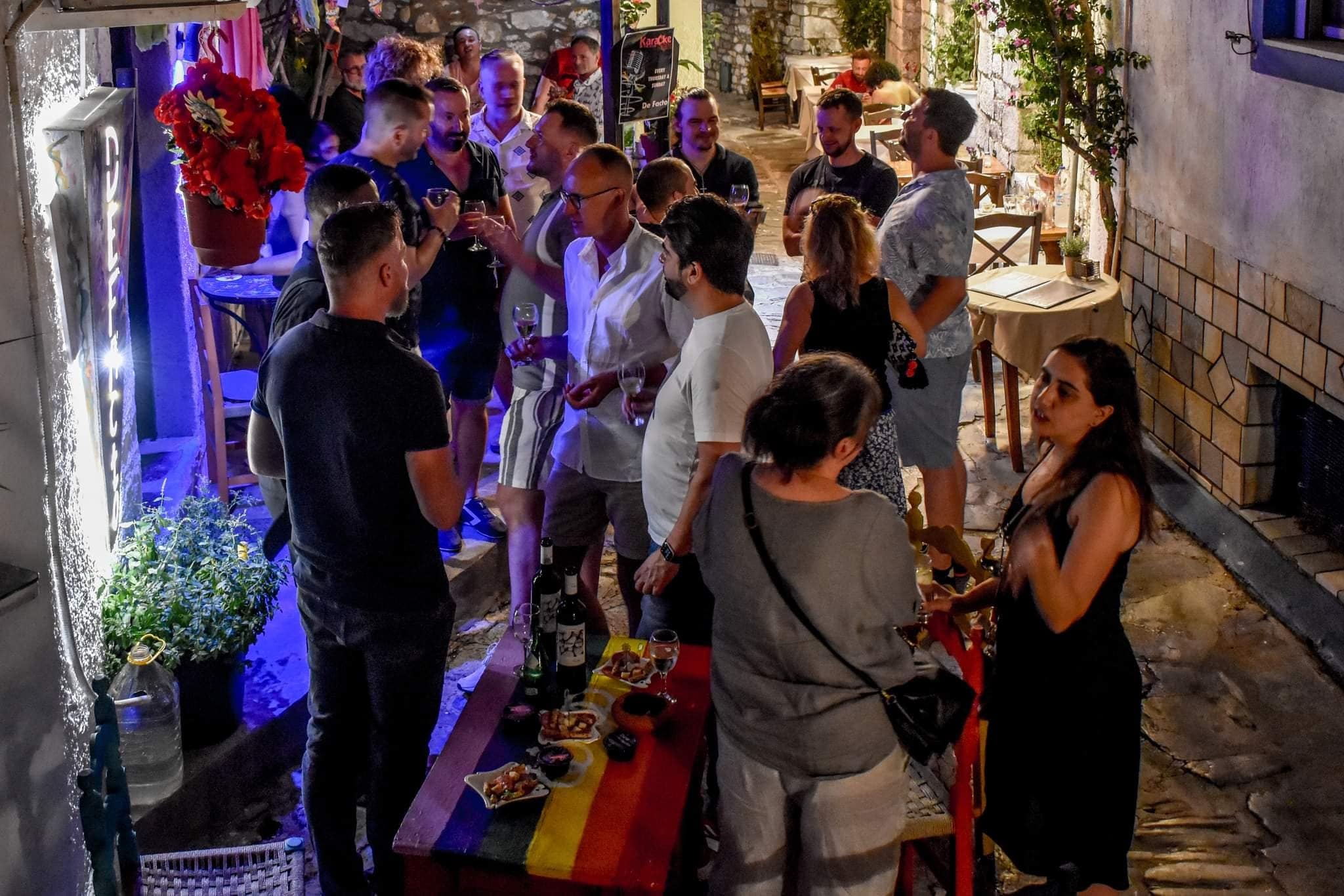
Greece – Skiathos instead of Mykonos
Mykonos is the number one destination for gaycations in Europe. Its hedonistic lure is hard to resist and there really is nowhere in Greece quite as good at combining parties with beach time. However, the westernmost island of Skiathos has a cosmopolitan charm that is every bit its own and it's becoming known as the up-and-coming gay-friendly alternative to Mykonos – albeit one with a not-so-raucous nightlife. Skiathos is where the first International Gay Culture Festival was held in 2012 and it’s one of the two islands where Mamma Mia was filmed – and you don't get much gayer than that.
Getting there is easy as it has its own international airport and it's also far friendlier on the wallet, even in high season. The island is far more peaceful than Mykonos but still has a growing nightlife scene to scratch the party itch as the sun sets. You won’t find any big gay clubs there; but its clubs are gay-friendly (like Apotheke) and it even has its own gay bar, De Facto, down by the harbor, which holds its own in terms of ambiance. The beaches are stunning and you’ll find the same crystal-clear waters you’d expect from a Greek island. There are no “gay” beaches but there are a lot of gay-friendly isolated ones. Mikri Banana – or, amusingly, Little Banana – is a clothing-optional beach with a reputation for being a gathering spot for LGBTQ+ people and has a discreet cruising area behind it.

Spain – Sitges instead of Barcelona
Barcelona has become one of the worst offenders when it comes to overcrowding and it’s starting to look like someone kicked an ant’s nest there, with water pistol-wielding locals marching down Las Ramblas on “anti-tourist” protests. Sitges is a small coastal town just half an hour away on the train, where – although it is still somewhat popular with tourists in the know – the locals are notably more receptive to visitors, especially those of the LGBTQ+ variety. Perhaps this is due to the many gay expats living there, who seem to mix effortlessly with the Catalan locals. Or maybe it's because Sitges seems to always have a themed street party going on with everything from Gay Pride and Bear Pride to their popular Wine and Film Festivals.
Sitges manages to balance being a quintessential Spanish beach town – white-painted buildings and all – with having a gay scene to match cities twice its size, made up of a gaggle of gay bars, cruising bars, and shops peddling gay paraphernalia near the seafront. The town’s beaches are far less packed than those of Barcelona – and dare we say prettier – with not one but two gay beaches. One of which is clothing-optional and yes, also has a convenient cruising area behind it – don’t they always?
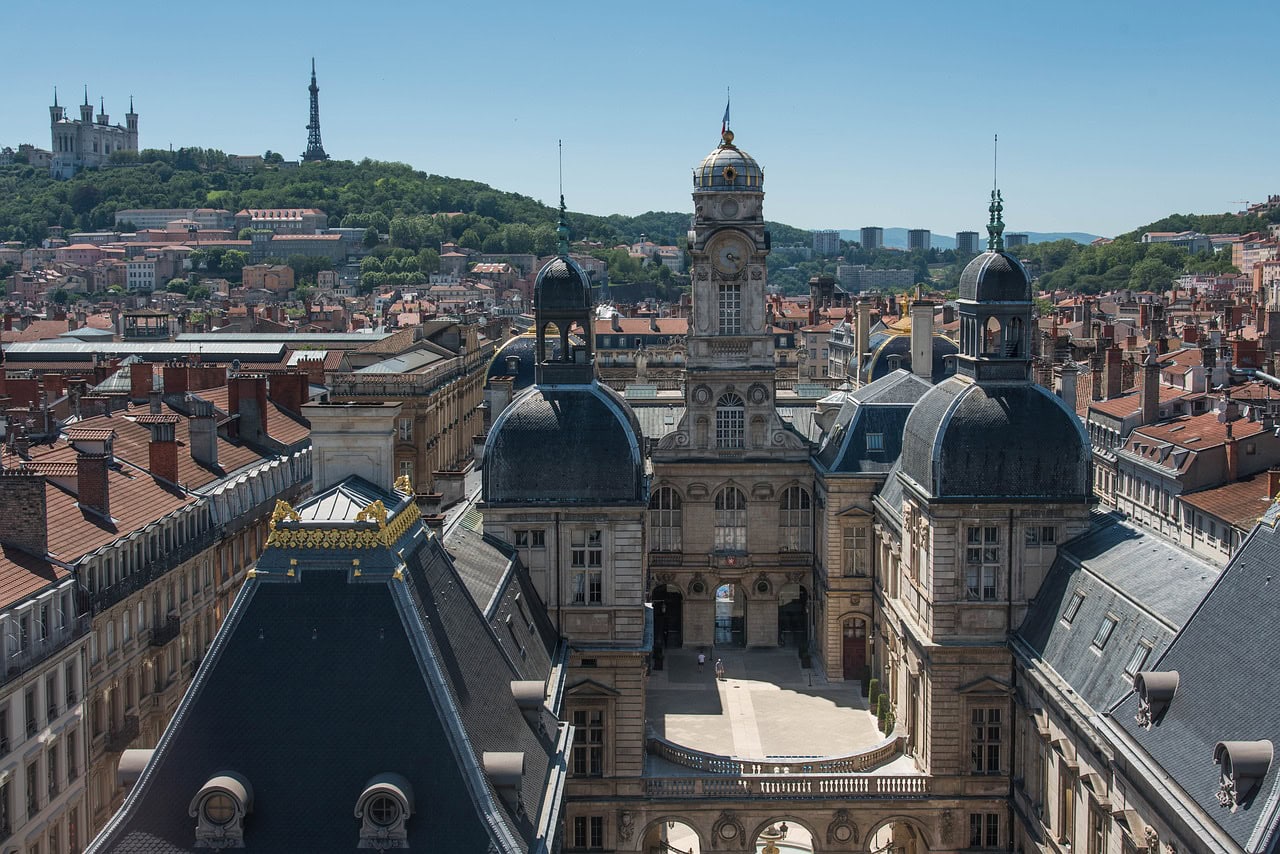
France – Lyon instead of Paris
Paris holds the crown as the most visited city in Europe. Understandably, given it's every bit as beautiful and romantic as its reputation would have you believe. However, this double-edged sword means prices are sky high and the people…well, are infamous for being somewhat grumpy towards the growing number of tourists visiting their prized city. France’s third-biggest city, Lyon, offers an understated, less busy alternative.
Lyon is known as the foodie capital of France, showcasing the very best of French cuisine. It also has more than enough UNESCO sights to fill any holiday agenda, found within the old town, the Presqu'ile and the Croix-Rousse. It even has its own Notre Dame in the form of the Basilique Notre Dame de Fourvière.
As for its gay scene, it is one of the biggest in France after Paris. The action is centered around the Vieux Lyon area across the river, where you’ll find an eclectic host of gay bars, clubs, cruising bars, and saunas – the best being XS Bar, L’Etoile Opéra. Factory Club, OT Bar, Garcon Sauvage, and Le Trou. The atmosphere is palpable with the crowds spilling out into the streets on the weekend. Their Pride in June is a great time to visit, as is March for the Queer Film Festival.
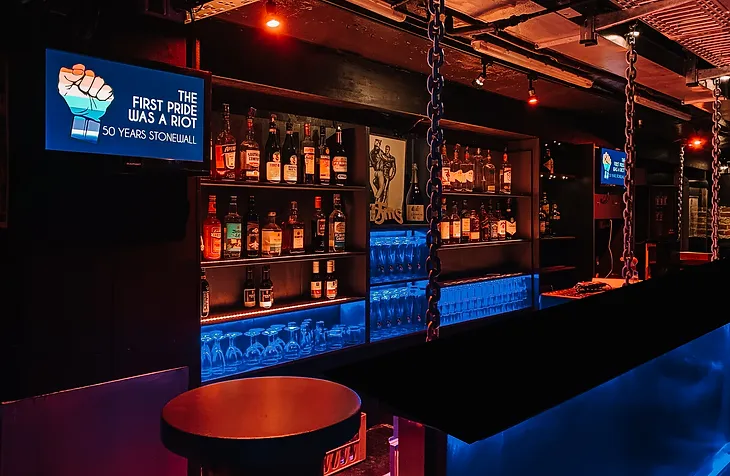
Germany – Hamburg instead of Berlin
Berlin has some wonderful sightseeing options, but – if we’re being honest – the majority of LGBTQ+ folk go for some nightlife action – usually of the techno and/or kinky variety. However, Berlin’s infamously long queues to get into clubs with unclear door policies – we’re looking at you Berghain and KitKat Club – can really leave an indelible stain on any memory of the night – and not the kind of stain most are hoping to be scrubbing off their clothes the next day.
Hamburg is Germany’s second-biggest city and every bit as raunchy as its big brother. It has a reputation as the kink capital of Germany with venues like Tom’s Saloon and S.L.U.T. Club – I mean that last one literally spells it out – for those looking for some fun in the dark. It also has a fair amount of bars and techno-loving clubs like Babylon, Electric Circus, and Pink INC in the Reeperbahn and St. Georg Districts, which lack bouncers on power trips guarding their doors.
Being a historic port, Hamburg is known as “the Gateway to Germany” also means it has a fair amount of tourist sites worth visiting like the historic Speicherstadt (the world's largest warehouse district with its Gothic Revival architecture) and the iconic Elbphilharmonie concert hall with great panoramic city views and the city promenade filled with bustling cafés and boutiques. Annual highlights and queer events in Hamburg include Hamburg Gay Pride in early August and Leatherparty in summer – one of the kink events of the year!

The Netherlands – Rotterdam instead of Amsterdam
Amsterdam has worked hard to clean up its reputation as the debauched European city favored for drunken bachelor parties, its red-light district, and cannabis-peddling cafes. While the Dutch capital has had some success in this regard, it still fills with raucous tourists during the summer months. Rotterdam is the Netherlands’ second-biggest city and has a lot of what Amsterdam does minus the crowds. The city started showing up on the gay radar after hosting Eurovision in 2021, highlighting what it offers LGBTQ+ travelers any time of the year.
An impressive factor of the Dutch city is its stable infrastructure which is one of the best in Europe thanks to citizen initiatives. The city also has its own fair share of canals and cozy cafes especially in the historic Delfshaven district – and yes, they sell cannabis. Rotterdam’s gay scene revolves around an area known cheekily as the “Pink Point.” There you’ll find enough gay bars and clubs like Bona Parte and Ferry, to rival Amsterdam’s.
Sightseeing wise it has the iconic Erasmus Bridge, known as the “Swan,” with stunning city views and The Cube Houses, a set of innovative, tilted cubic structures, are a must-see architectural marvel. Finally, any visitor should take a visit to the Santa Claus statue which is totally holding a “Christmas Tree” and not a butt plug…totally!
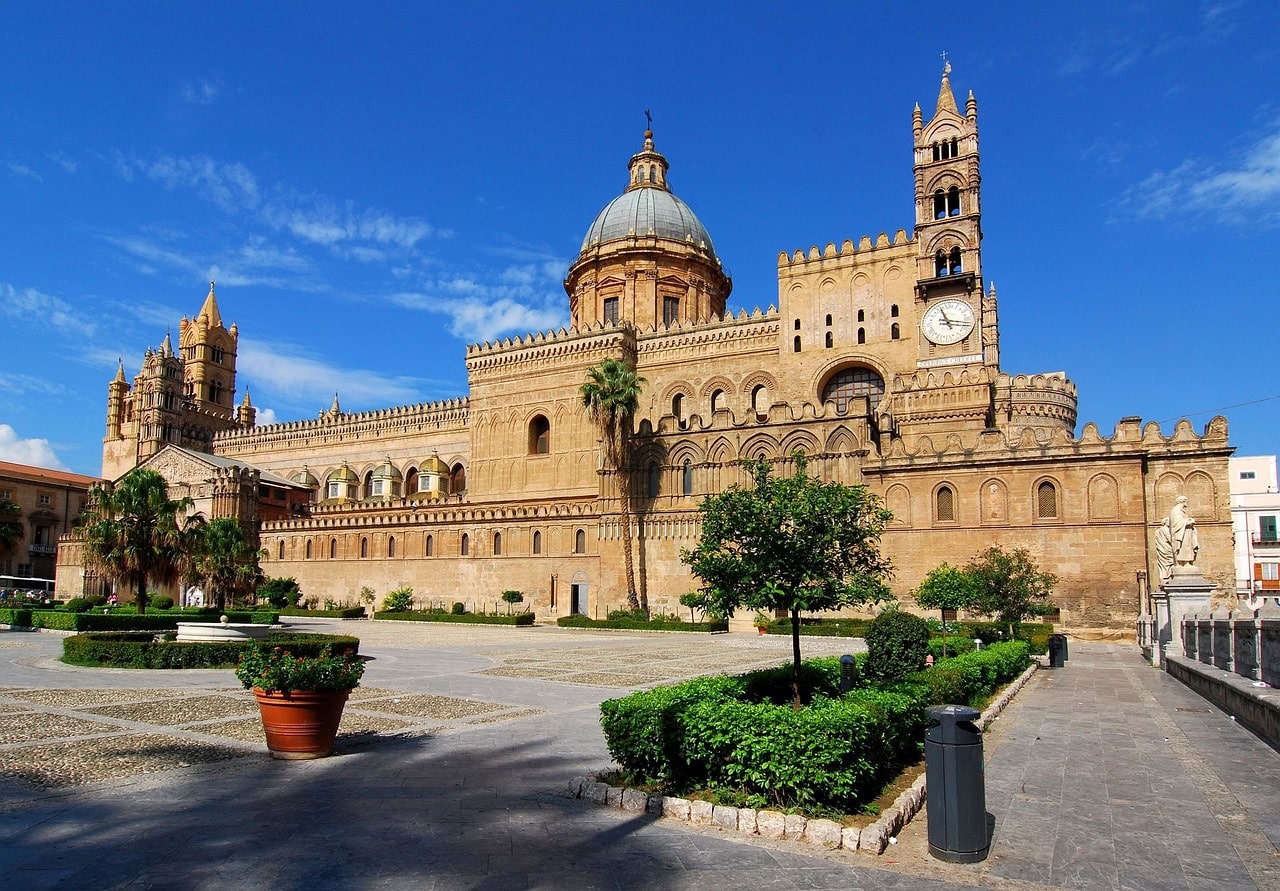
Italy – Palermo instead of Venice
Venice is drowning. Both literally as it slowly sinks into the lagoon it’s built on, and figuratively under the weight of the tourist hordes that descend upon it in the summer months hoping to photograph its bridges and commandeer a fleet of gondolas down Venice’s canals.
Palermo all the way down in Sicily, is a gayer Venice, which is just as pretty but replaces canals with beaches. Sicily’s charismatic capital city is especially gay famous thanks to Jennifer Coolidge’s character in White Lotus visiting it. And it’s just as beautiful as it looked in the series. There’s an impressive array of architectural treasures within, from ancient ruins to medieval palaces and Baroque churches. Highlights include the Norman Palace (Palazzo dei Normanni) with its eerily atmospheric Palatine Chapel and the Cathedral of Palermo – a Norman Cathedral built upon the ruins of a Mosque. Palermo's coastal location further adds to its allure, with picturesque harbors, a score of sandy beaches and scenic waterfront promenades.
The “gay village” of Palermo is actually better than Venice’s with more bars and clubs to choose between – like Exit and Fabric – full of sexy gay locals happily rubbing shoulders with international visitors. Stepping off the beaten track can sure have its rewards!

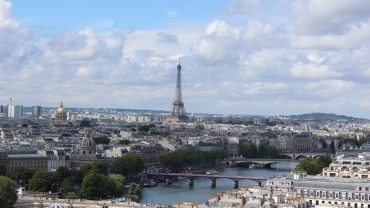
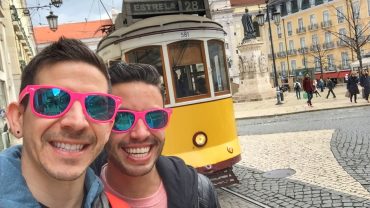

Comment (0)